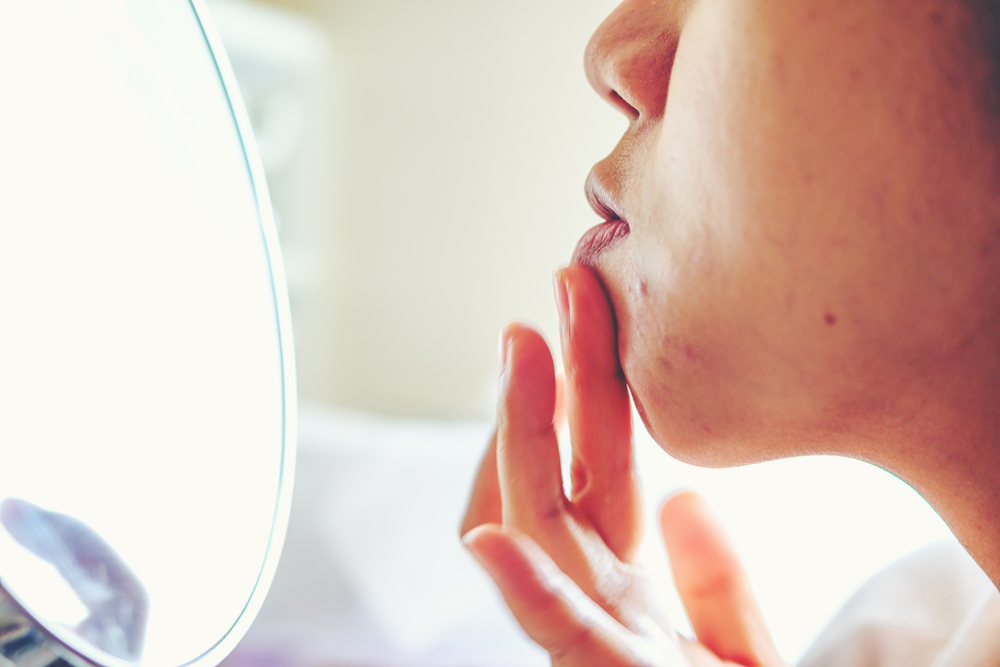How you style your hair can cause it to look brittle and frizzy or even fall out. Follow these tips from dermatologists to help style your hair without causing damage.
Credit: American Academy of Dermatology
How you style your hair can cause it to look brittle and frizzy or even fall out. Follow these tips from dermatologists to help style your hair without causing damage.
Credit: American Academy of Dermatology

Treat yourself to a Bela MD+ treatment. There is no downtime and results are immediate. Your face will feel smoother, more hydrated and brighter by not only removing a layer of dead skin cells, but adding an infusion to boost the results.
What about chemical peels? Really? Right before the holidays? Well, although it is true that most of our peels involve some peeling and downtime, this is not always the case. I recently tried one of our newer peels which was supposed to have little to no visible peeling, but still medical-grade ingredients and excellent for anti-aging. Two days after the peel, I had a patient guess my age 20 years younger than my actual age!! And this is when I would have been peeling with most other peels. I feel great, my skin is glowing and I am ready to face the masses!
And don’t underestimate the powers of medical-grade home care. Sure, not every product is going to give you that holiday look, but products like SkinMedica’s HA5, ZO Growth Factor, and Skinceuticals C E Ferulic can actually bring out the best in your skin in a very short time. Jane Iredale and Oxygenetix 100% mineral make up are the icing on a perfect cake. Come in to get suited for your perfect colour for the holidays.
Oh, and its not too late to follow us on social media (Facebook, Instagram) or check out our website to check out our monthly special.
If you want to look tan, use a self-tanner instead. These tips from dermatologists can help you apply self-tanner so you get even coverage and longer-lasting results.
Credit: American Academy of Dermatology
If these tips do not bring relief, make an appointment to see a dermatologist. Very dry skin may require a prescription ointment or cream. Dry skin also can be a sign of an underlying medical condition, such as eczema.
Credit: AAD
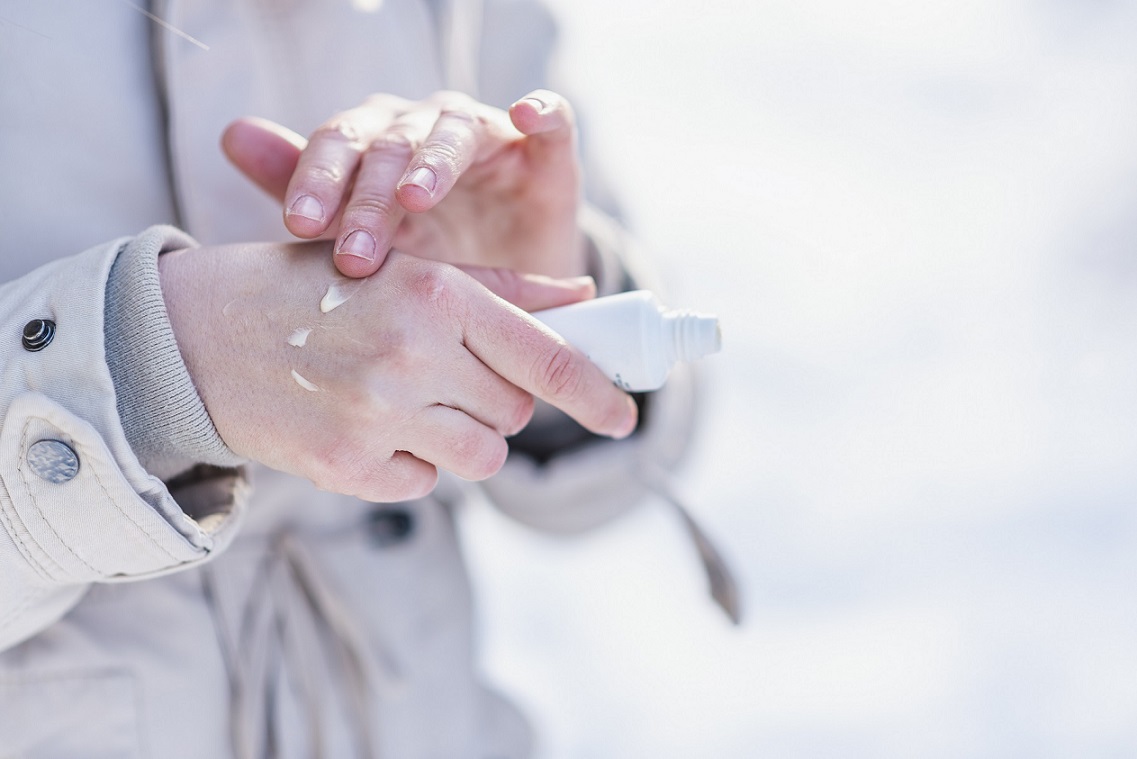
Our very own Dr. Benjamin Barankin was interviewed on TV for a story about winter weather and its effects on dry skin and eczema. How to prevent and treat dry skin and eczema was discussed by our expert.
As the temperature drops, many people begin to see the signs of winter damage to their skin. Frigid temperatures take their toll. Especially on our skin. There are a few changes you can make to your daily routine to limit the discomfort and improve your skin’s appearance. Taking care of our often dry, flakey exterior is time well spent. Not doing so can lead to bigger issues.
Toronto Dermatologist Dr. Benjamin Barankin says eczema is much more than an annoyance: “Eczema which is inflamed skin which is irritable. It can wake you up at night. It’s itchy, stems from dry skin. So dry skin often begets eczema. The reason to treat it is, number one, it looks better. Number 2, it feels better and you’ll sleep better. But number 3, we also want to prevent infection. So if you’re scratching a lot, you’re making cuts into the skin. You are at risk of infection.”
For some people eczema is genetic. But Daphna Nussbaum suspects her condition stems from frequent handwashing as a mom of 2 young kids: “At night especially they get quite itchy. So I try to moisturize or remind myself to moisturize whenever I can.”
There are other steps that can help to hydrate the skin. A humidifier in your home can restore moisture in the air lost from the use of a furnace.
Dr. Barankin: “We’d even advise people to have a humidifier in their bedrooms. Something like a cool mist humidifier in the bedroom to put moisture back in the air. And while you sleep it absorbs back into the skin.”
Most soaps dry the skin. Barankin recommends switching to a cleanser in the winter. Keep water temperature at a moderate level when you shower or bathe. And within minutes of towel drying, apply a good quality moisturizer.
Dr. Barankin: In the winter time, especially in the Canadian climate, you want to use a moisturizer. You want to use a thicker moisturizer. You might switch from a lotion to a cream.”
For severe cases of eczema, you may need a prescription cream to manage the condition. But Dr. Barankin says steer clear of home remedies like pure olive oil. Research has shown it’s not effective and actually impairs the barrier function of the skin.
Credit: CHCH News
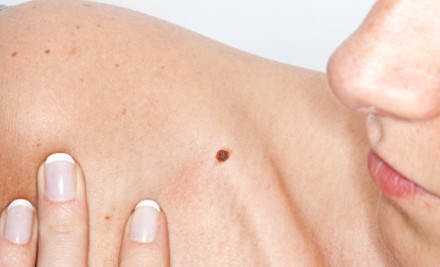
Skin cancer is by far the most common type of cancer. If you know what to look for, you can spot warning signs of skin cancer early. Finding it early, when it’s small and has not spread, makes skin cancer much easier to treat.
Some doctors and other health care professionals include skin exams as part of routine health check-ups. Many doctors also recommend that you check your own skin about once a month. Look at your skin in a well-lit room in front of a full-length mirror. Use a hand-held mirror to look at areas that are hard to see.
Use the “ABCDE rule” to look for some of the common signs of melanoma, one of the deadliest forms of skin cancer:
Photo of mole showing asymmetry, border irregularity, and color
 Asymmetry
Asymmetry
 Border
Border
 Color
Color
 Diameter
Diameter
 Evolving
Evolving
Basal and squamous cell skin cancers are more common than melanomas, but they are usually very treatable.
Basal cell carcinomas, or cancers, usually grow on areas that get the most sun, such as the face, head, and neck. But they can show up anywhere. Look for:
Squamous cell carcinomas, or cancers, also tend to grow on areas that get sun, such as the face, ear, neck, lip, and hands. But they can also show up anywhere. Look for:
Not all skin cancers look like these descriptions, though, so point out anything you’re concerned about to your doctor. That would include:
Credit: cancer.org
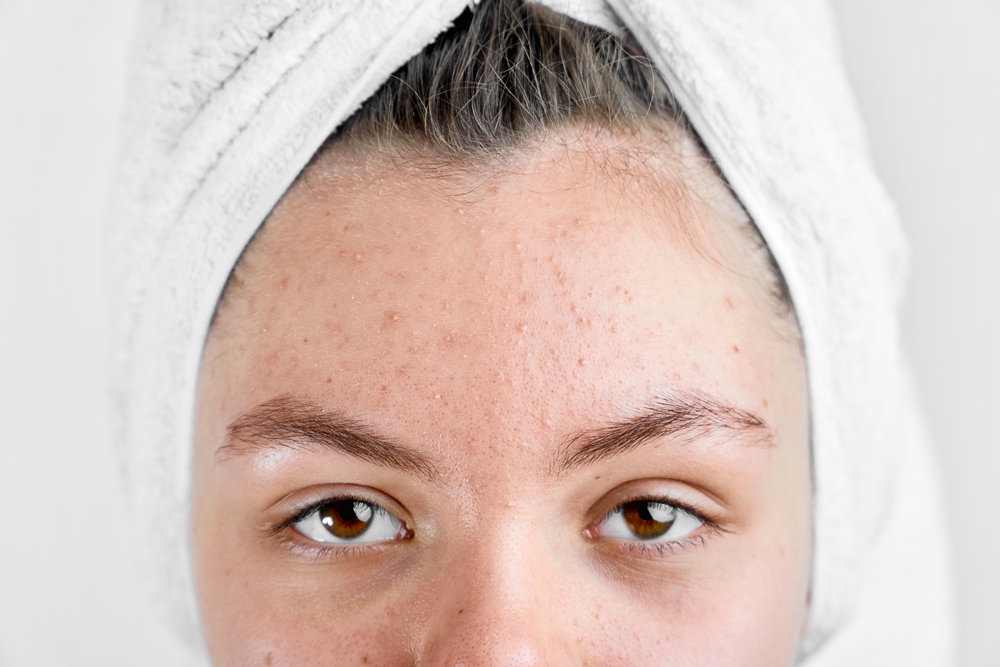
Anxiety, depression, social isolation: For women, the symptoms of acne transcend the physical.
By Rachel Krause
When considering various plagues and epidemics in recorded history, adult acne does not exactly spring to mind. The Black Death was widespread and devastating; measles is airborne and highly contagious. (Conveniently, it is also easily avoided with vaccine.) Acne, by comparison, seems like a walk in the pus-filled park. And, fine, labeling it an epidemic or a plague borders on the hyperbolic (though it wouldn’t be the first time it was said). Yet a whopping 85% of people between the ages of 12 and 24 experience some form of acne. That’s easy enough to write off as par for the course of adolescence, but the same can’t be said for adult patients — particularly women, who are reporting breakouts in record numbers.
Credit: refinery29.com
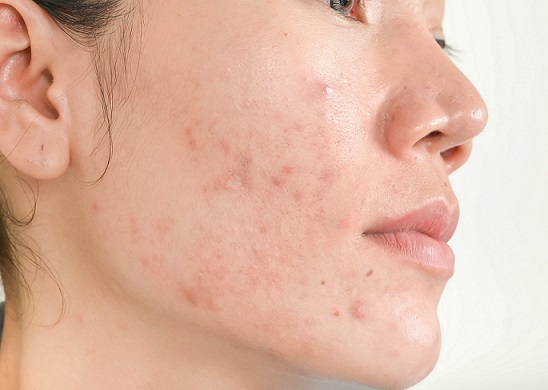
Topical application of an adapalene 0.3%/benzoyl peroxide 2.5% (A0.3/BPO2.5) gel for 48 weeks was associated with significant reductions in atrophic acne scars and lesions in a study of young adult patients with acne, according to findings from a study published in the American Journal of Clinical Dermatology.
Credit: dermatologyadvisor.com
